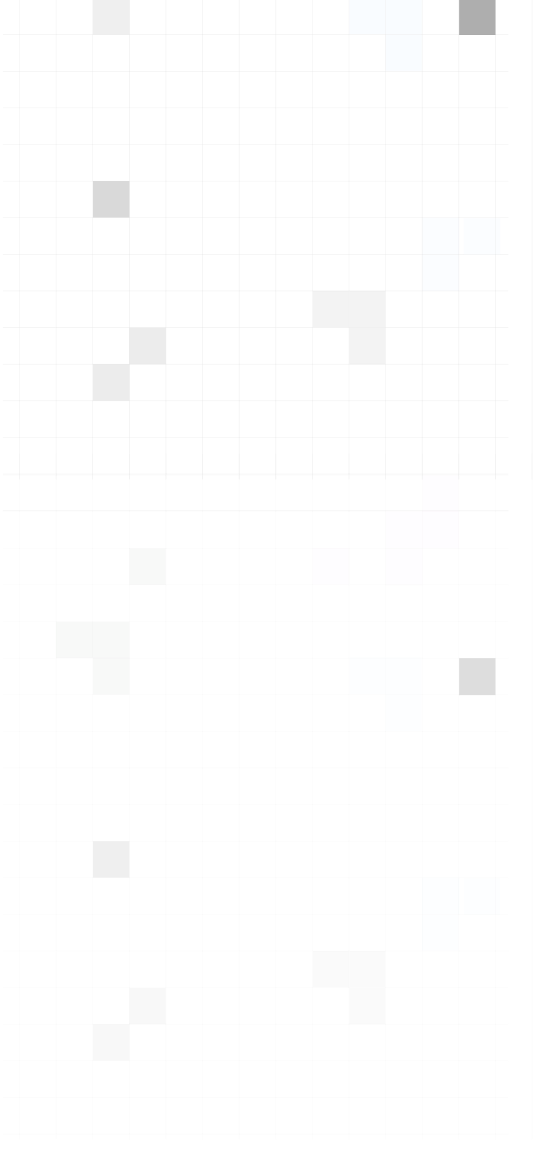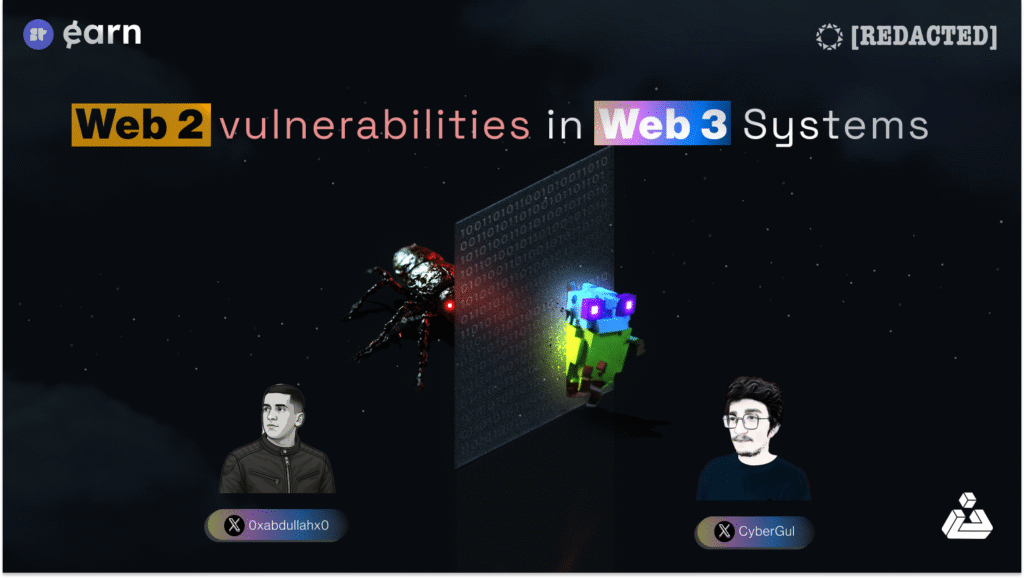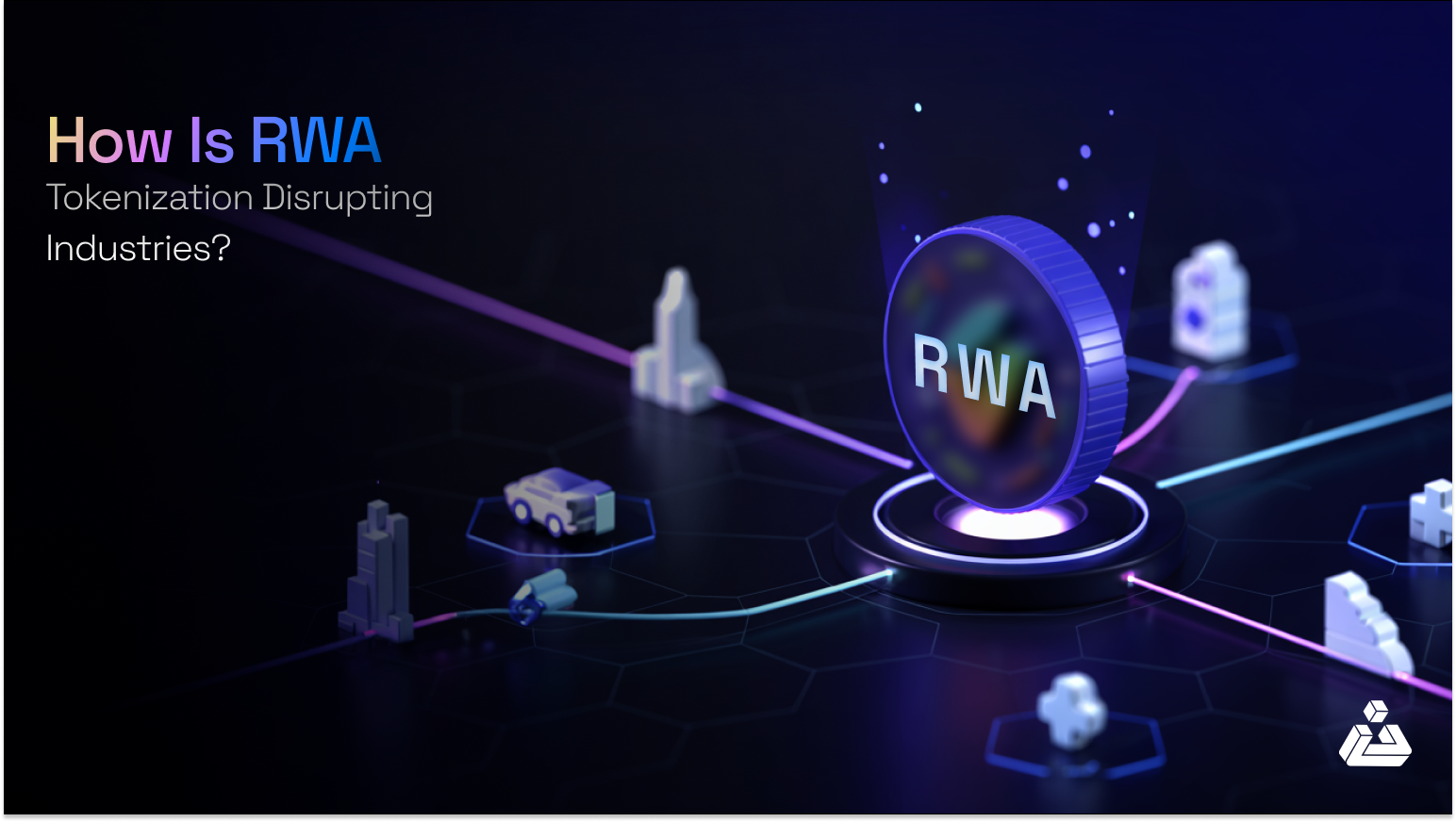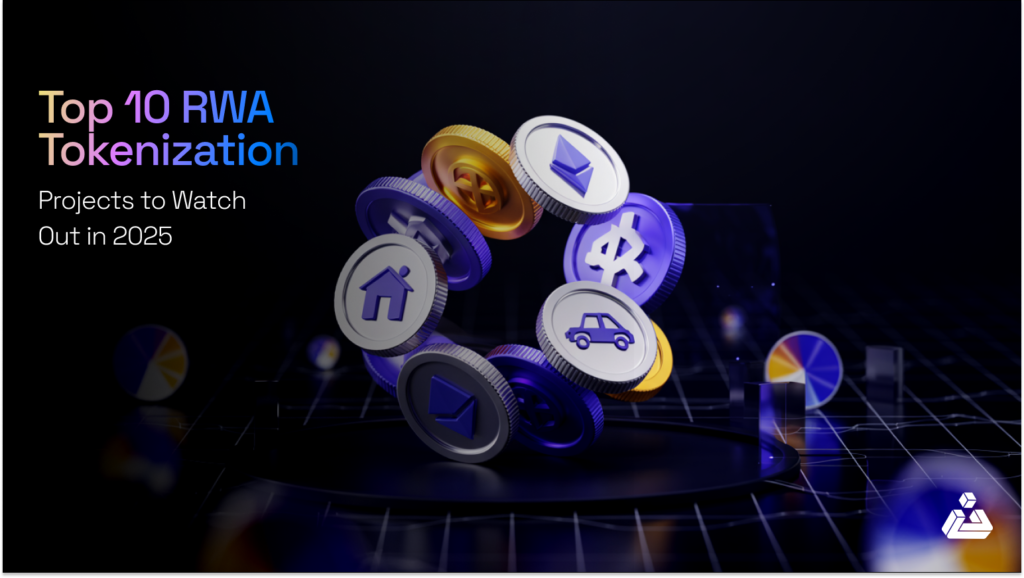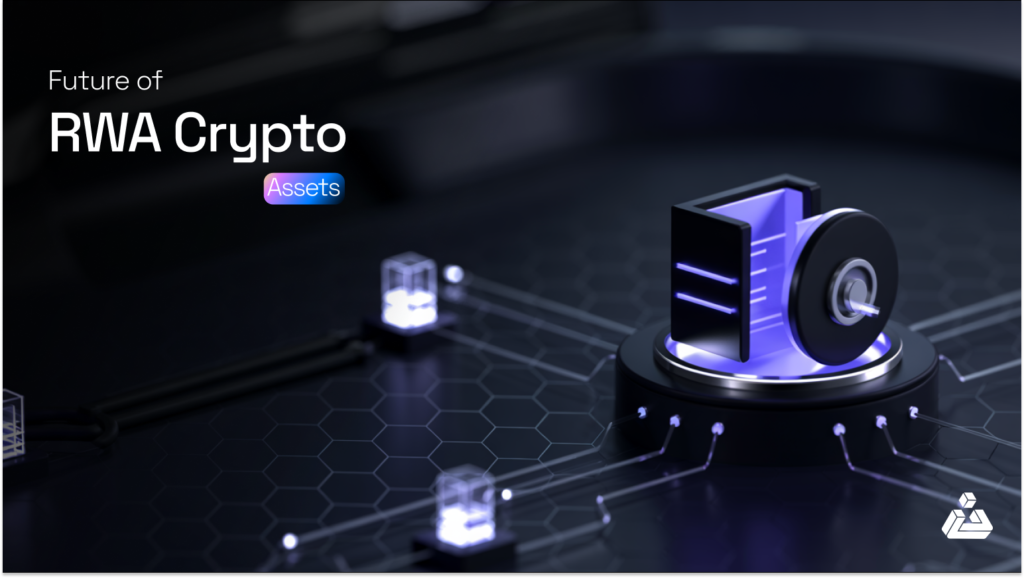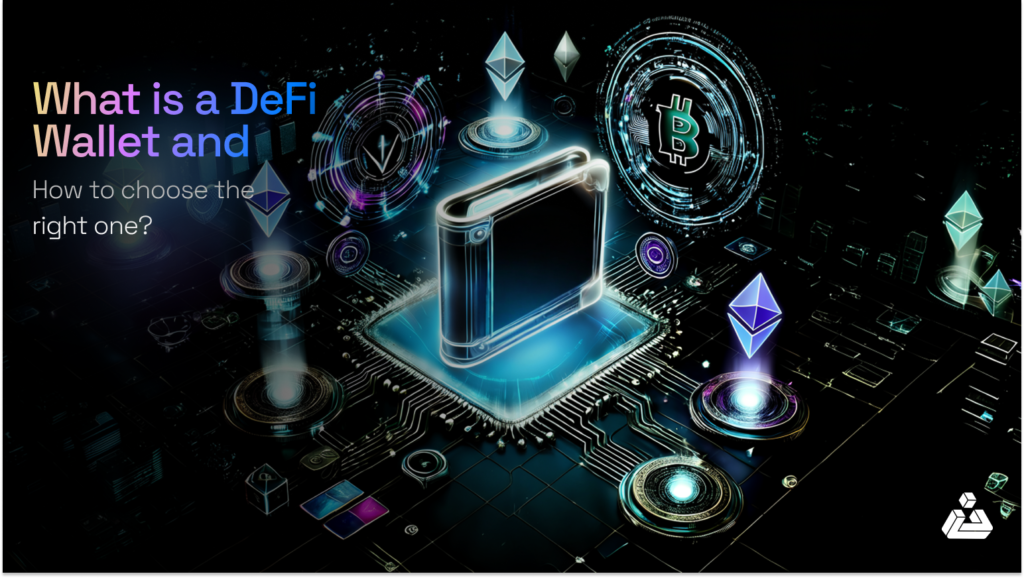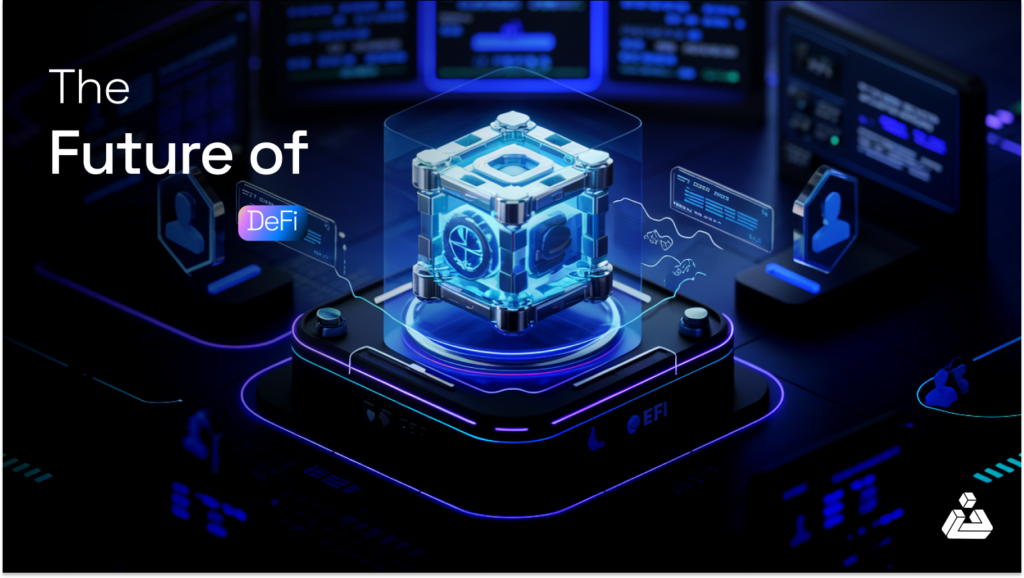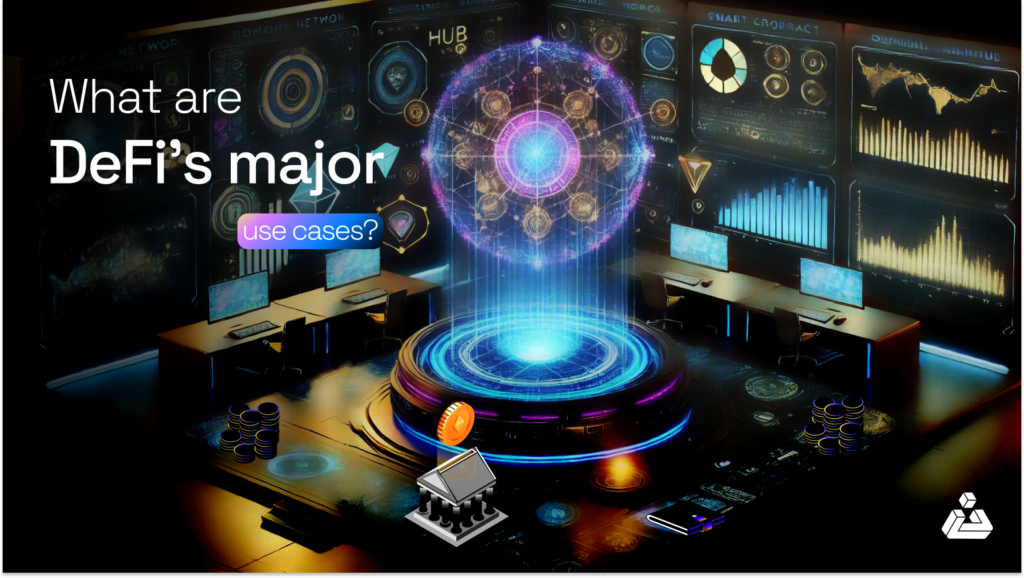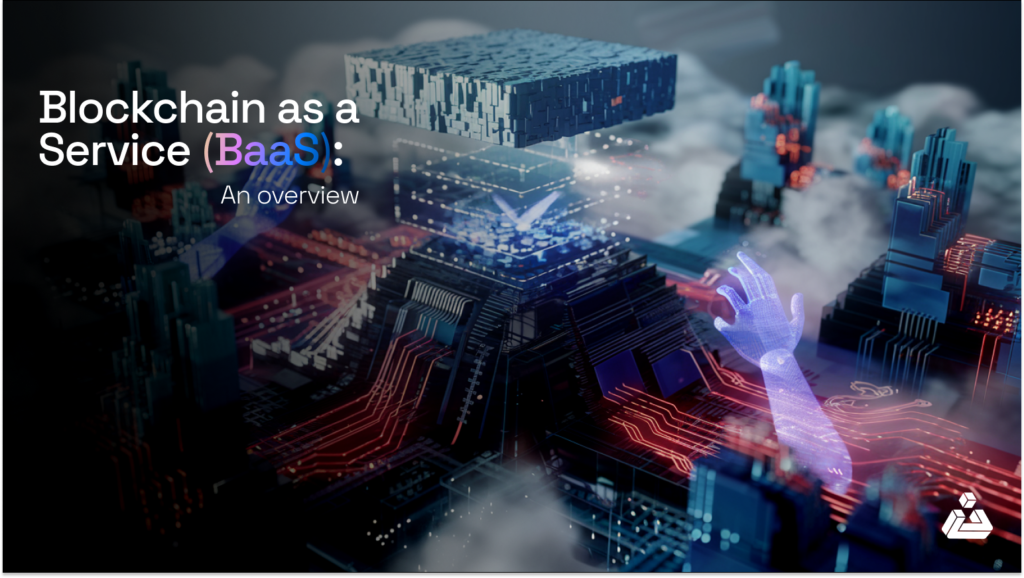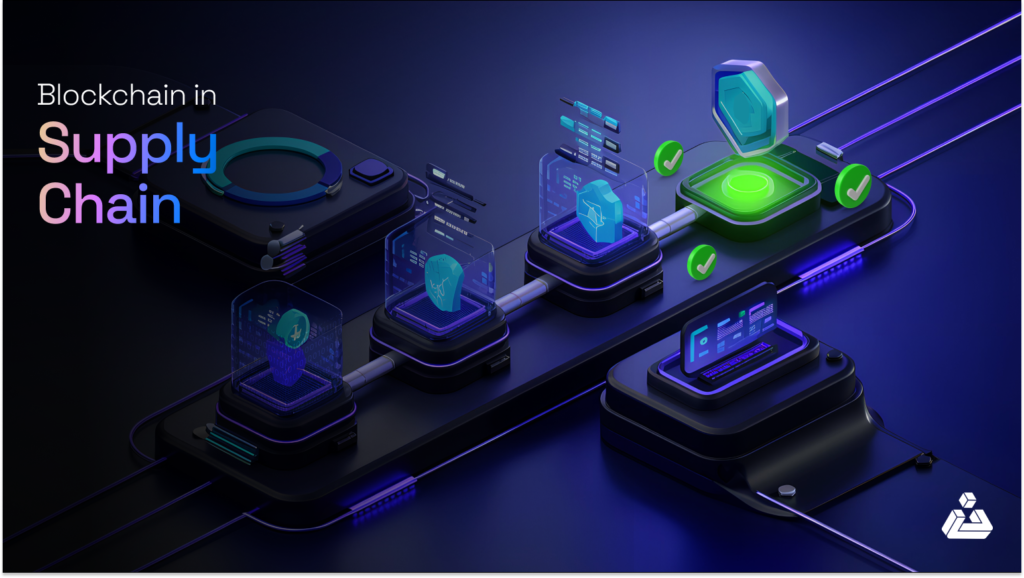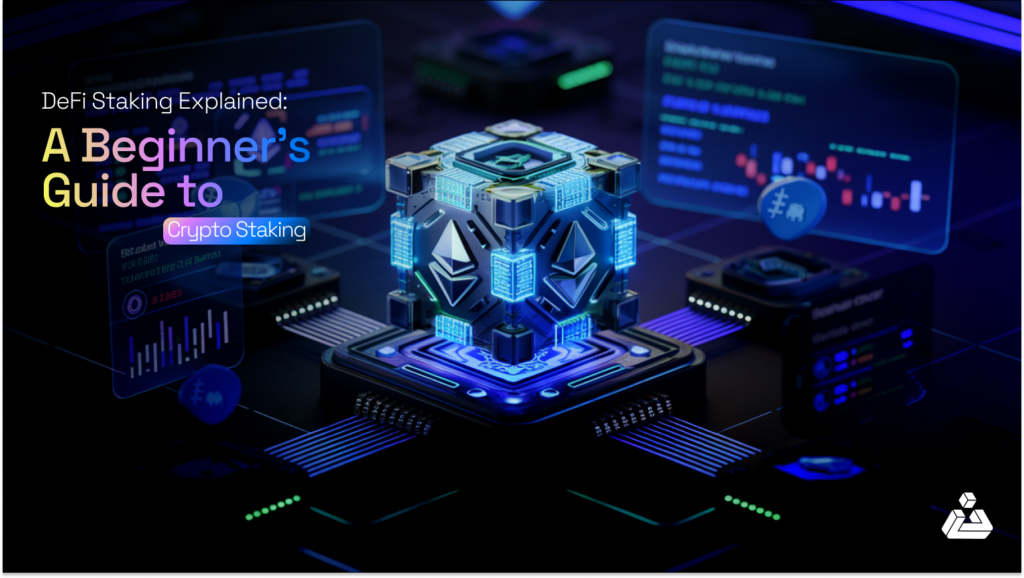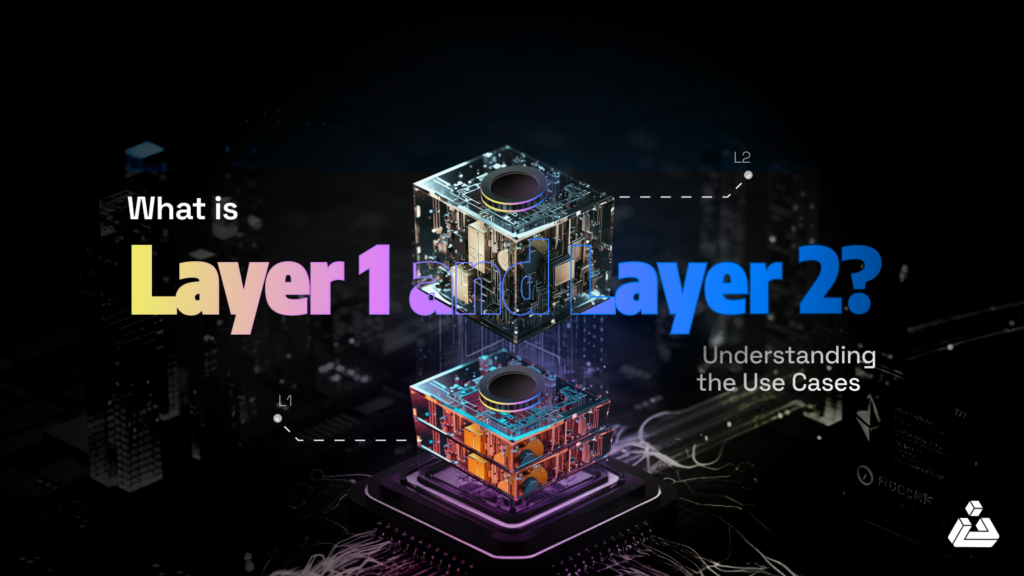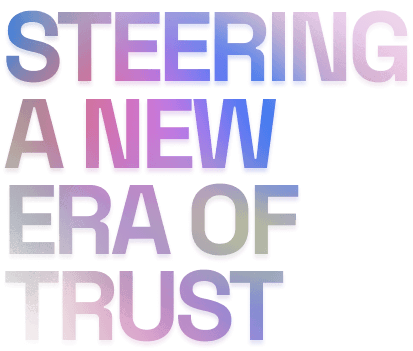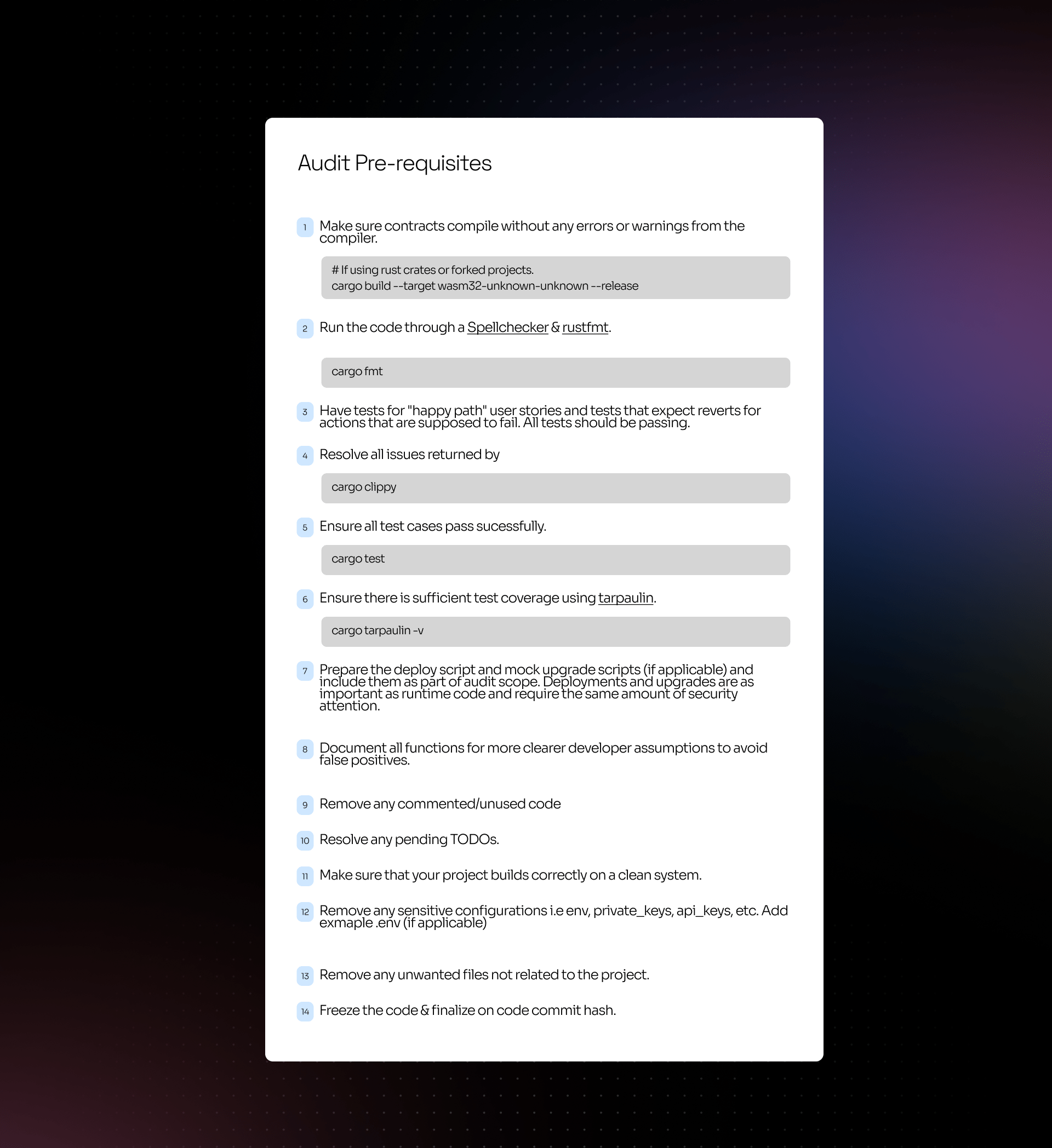PayFi? Is it DeFi? Most people tend to use the terms interchangeably whereas PayFi is a domain within DeFi space. PayFi, or payment finance, is an innovative technology that integrates blockchain technology.
Payment Finance (PayFi) is a catalyst for real-world impact because it focuses on practical financial solutions. For example, it helps businesses make cross-border payments quickly and at low cost, using blockchain for transparent, 24/7 settlements.
It also provides digital asset-backed corporate cards, allowing companies to manage spending by pledging assets. Unlike traditional DeFi, which focuses on lending and trading, PayFi uses blockchain to improve payment systems and financial management for businesses.
In this blog, we’ll unravel what PayFi is, and further discuss existing challenges within the TradFi landscape. Next, we’ll move onto how PayFi is different from DeFi and provides solutions to current problems in TradFi. Finally, we’ll wrap up Solana with Payfi and the future of PayFi.
What is PayFi?
PayFi (Payment Finance) is a revolutionary financial concept introduced by Solana Foundation Chair Lily Liu. It merges payments with decentralized finance (DeFi), forming a financial market centered around the time value of money. This innovation utilizes blockchain, tokenization, and smart contracts to optimize payment systems for real-world scenarios.
The time value of money explains that money available today is worth more than the same amount in the future, considering factors like inflation and investment returns. For example, $1,000 deposited today at an annual 5% interest will grow to $1,050 in a year.
Conversely, inflation may reduce its purchasing power, making $1,000 today equivalent to $950 a year later. PayFi applies this principle by enabling users to utilize tomorrow’s money to pay for today, a feat traditional finance struggles to match.

PayFi includes various payment types:
- Payment tokens: Representing the time value of tokenized U.S. Treasuries or yield-generating stablecoins.
- RWA financing: Using DeFi lending to enable on-chain yields for real-world payments. Real-World Assets (RWA) can achieve 24/7 real-time settlement through on-chain liquidity pools, while DePIN financing enables decentralized infrastructure and machine economy growth through shared cost models and customized L1 functionalities.
- Web3 payment systems: Seamlessly integrating with DeFi protocols.
- Blockchain-based payment logic: Replicating traditional systems for a comprehensive Web3 framework.
Example: Ondo Finance tokenizes U.S. Treasuries to democratize access to stable, scalable financial products. Its offerings include:
- OUSG: A tokenized U.S. Treasury fund.
- USDY: A yield-bearing stablecoin backed by short-term Treasuries.
As of August 2024, Ondo’s products hold $556 million in TVL, allowing USDY holders to earn yields while denominating in U.S. dollars, further advancing PayFi in Web3.
Traditional and Web3 Payment Landscape
We are going to paint a complete picture starting with issues in traditional payments, moving onto Web3 payments and then learn how PayFi is changing the game and providing solutions to existing problems.
Just a note, Web3 payments and DeFi payments may be closely related infrastructure wise but differ slightly in their applications such as Web3 payments are related to stablecoins, NFTs, payments for good/services in crypto. DeFi payments are specific to DeFi use cases such as yield farming, lending and borrowing.

Traditional Payments:
Traditional payments rely on centralized networks and intermediaries like banks, credit card companies, and payment gateways. These systems often involve:
- Multiple intermediaries: Domestic and international clearing systems (e.g., Fedwire, SWIFT, CHIPS).
- High costs and delays: Cross-border transactions can take up to 5 business days and incur fees for exchange rates, intermediaries, and transaction processing.
- Limited transparency: Tracking and reconciling payments can be challenging due to lack of visibility.
Web3 Payments:
Web3 payments utilize blockchain technology for:
- Instant settlement: Transactions happen in real-time, eliminating delays.
- Lower costs: Reduced reliance on intermediaries.
- Transparency: Blockchain’s public ledger allows users to track transactions.
- 24/7 availability: No restrictions based on banking hours.
Web3 Payment Infrastructure:
- Settlement Layer: Blockchain networks (e.g., Bitcoin, Ethereum) serve as the foundation, recording immutable transactions. Users pay gas fees to utilize these resources.
- Asset Issuers: Entities like Tether issue digital assets (e.g., USDT stablecoin) to maintain value stability and facilitate transactions.
- Currency Acceptance: On- and off-ramp services link digital currencies with fiat systems.
- Frontend Applications: Platforms providing user-friendly interfaces for seamless crypto payments.
Example:
Cross-border transfer of $1 million in Web3, using stablecoins, settles in minutes with minimal cost compared to traditional systems.
PayFi:
PayFi integrates DeFi principles into payments, focusing on the time value of money:
- Enables users to leverage future money for present payments (e.g., yield-bearing stablecoins).
- Uses tokenized assets and DeFi lending to optimize real-world payments.
If Web3 payments primarily utilize current funds for transactions, PayFi uses future funds by capturing the time value of money. For example, a 3-day cross-border transfer in traditional banking with a 5% annual return incurs a $410.96 opportunity cost, while PayFi reduces this to $0.95 by settling in 1 minute.

Quick comparison table: TradFi vs Web3 vs PayFi
|
Feature |
Traditional Payments |
Web3 Payments |
PayFi |
| Settlement Time | 3–5 business days | Near-instant | Instant |
| Transaction Cost | High (fees for intermediaries) | Low (minimal blockchain fees) | Low (minimal + optimized for future value) |
| Transparency | Limited | High (blockchain ledger) | High |
| Intermediaries | Required (banks, clearing systems) | None | None |
| Focus | Current funds for transactions | Current funds for transactions | Future funds for transactions |
| Use of Blockchain | None | Full integration | Full integration + DeFi elements |
Solana and PayFi
Lily Liu highlights Solana’s advantage in blockchain with its high performance, fast transactions, and low costs, making it ideal for realizing the vision of PayFi.
These features give Solana an edge in liquidity and talent, positioning it as a strong candidate for PayFi’s success aligning with its vision:
“To establish a programmable currency system within an open financial system that provides users with economic sovereignty and self-custody capabilities.”
The Future of PayFi
Liu identifies three critical factors for PayFi’s blockchain success: fast and low-cost transactions, a broad user base, and a strong developer community. Solana is the only blockchain ecosystem that currently possesses all three, making it central to PayFi’s future.
Lily Liu envisions PayFi transforming finance, including use cases like supply chain finance, payday loans, corporate credit, interbank repurchase markets, and insurance. These innovations could significantly disrupt the traditional financial system.
PayFi’s Core and Application Scenarios
Lily Liu stated that the core of PayFi lies in the time value of money and illustrated it with three important cases:
The core of PayFi lies in leveraging the time value of money for new financial models, such as:
- Buy Now, Pay Never: Users can invest in DeFi to earn interest, which pays for consumption. For example, a user invests $50 to earn interest that pays for a $5 coffee, using “programmable money” for instant settlement.
- Creator Monetization: Creators can use PayFi to monetize early, gaining immediate funds based on future revenue expectations, improving cash flow.
- Accounts Receivable: PayFi accelerates accounts receivable settlement, helping businesses access funds quickly and streamline supply chain finance.
Conclusion
PayFi is setting the bar high and is expected to transform the way we make payments. Solana leads the crypto market with PayFi, offering blockchain’s decentralization and security to improve transaction integrity and eliminate intermediaries.
However, challenges like regulatory uncertainty, scalability issues, and low market acceptance, including the “fear of coins” mentality, hinder broader adoption.
BlockApex is at the forefront of innovation, providing essential services in DeFi through smart contract audits, tokenomics support, and DeFi 2.0 expertise to drive industry progress.




